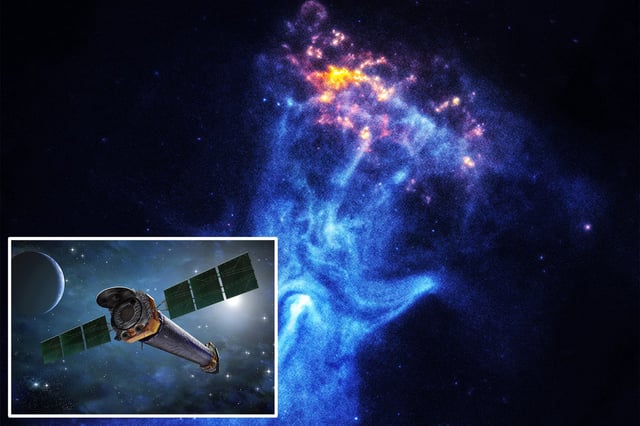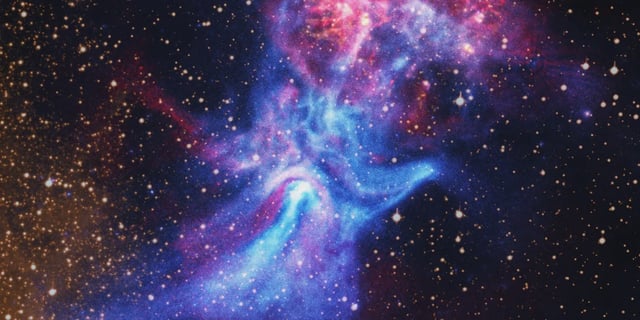Overview
- The study fuses NASA’s Chandra X-ray observations with new Australia Telescope Compact Array radio maps to deliver the sharpest composite of MSH 15-52.
- The nebula spans roughly 150 light-years, sits about 17,000 light-years away in Circinus, and is estimated to be around 1,700 years old.
- A 12-mile-wide neutron star, pulsar B1509-58, powers the system and rotates nearly seven times per second.
- Bright X-ray structures such as a jet and the inner parts of three “fingers” vanish in radio light, consistent with higher-energy particles escaping a shock and streaming along magnetic field lines.
- Radio data reveal threadlike filaments tracing the nebula’s magnetic field and show complex, patchy emission in the associated supernova remnant RCW 89; the results are published in The Astrophysical Journal.

